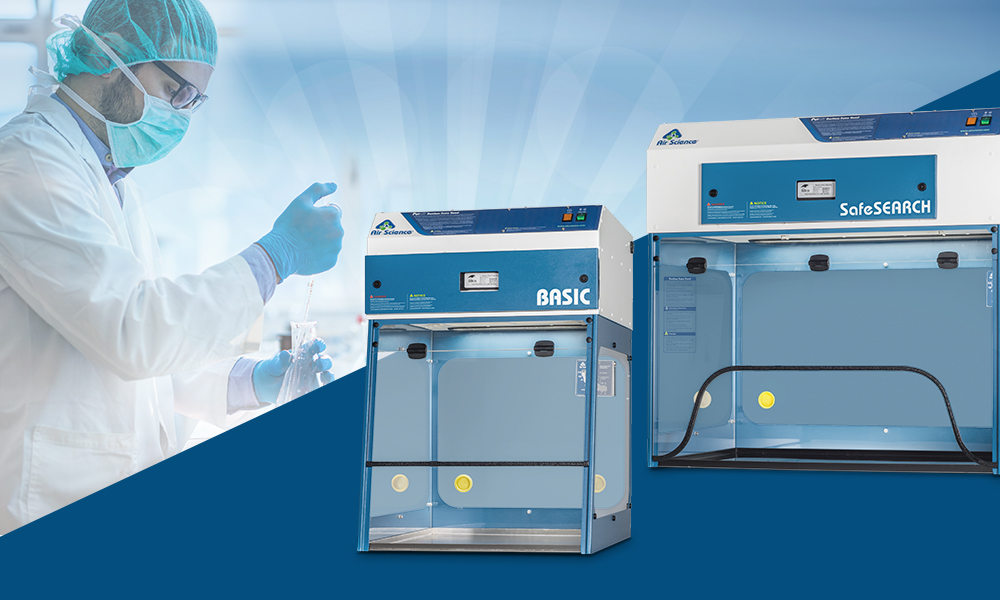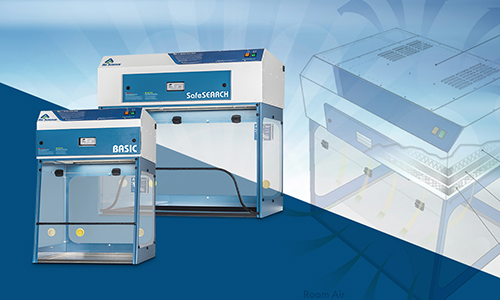
Hands-on learning sparks curiosity in students and gets them interested in learning, whether in high school or college. Yet, to ensure classroom demonstrations are safe and effective, instructors must be given the right resources. Many of the most creative and exciting classroom demonstrations can also be the most dangerous. There are numerous news reports of ‘rainbow’ flame test and ‘whoosh bottle’ demonstrations that have gone awry. To address these issues and prevent additional incidents, guidelines like American Chemical Society’s “Safety Guidelines for Chemical Demonstrations” require the use of a fume hood “for any demonstration that uses or produces a substance with a TLV less than 50 ppm.”1
The National Fire Protection Association (NFPA) standard 45 on “Fire Protection for Laboratories Using Chemicals” also includes guidance for conducting classroom demonstrations. Part of this guidance contains proper laboratory design, storage and handling practices, and resources like fume hoods and personal protective equipment (PPE). For example, when conducting a laboratory demonstration that involves flames, fire, or the use of flammable, reactive, toxic, or corrosive chemicals, NFPA 45 suggests the use of a fume hood to ensure safety and prevent classroom accidents.
Fume Hoods For Classroom Demonstration
Air Science® EDU Series Ductless Demonstration Fume Hoods are engineered to protect users and the classroom environment from hazardous vapors generated on and above the work surface while providing 360° visibility, optimal for classroom or training sessions. These units were developed to meet the increased market demand for teaching and demonstration fume hoods where classroom observation is necessary.
These self-contained units, easy to install, operate and maintain, combine affordability and portability while delivering reliable protection. Ductless filtration eliminates the need for an external exhaust source, and hardware mounted beneath the work surface lowers the center of gravity to aid in safe transport and relocation. In addition, employing Air Science Multiplex™ Filtration permits versatile filter configurations and optional HEPA/ULPA filter additions for biological safety against particle hazards.
Resources


Laboratory Chemical Storage: Dos and Don’ts

Ductless vs. Ducted: Comparing Benefits
i American Chemical Society, “Safety Guidelines for Chemical Demonstrations,” 2018, https://www.acs.org/content/dam/acsorg/education/policies/safety/divched_2018_safetyflyer2pager_proof1.pdf.